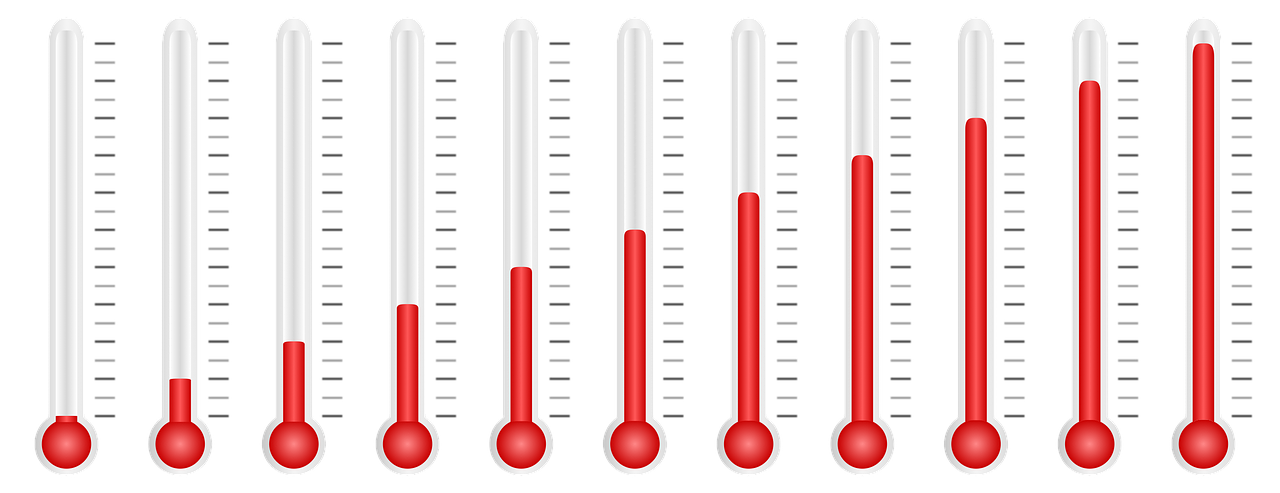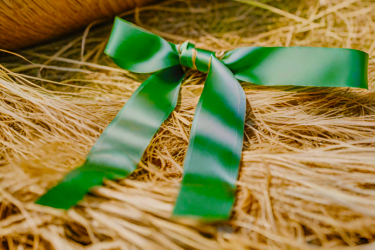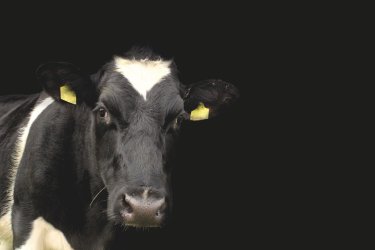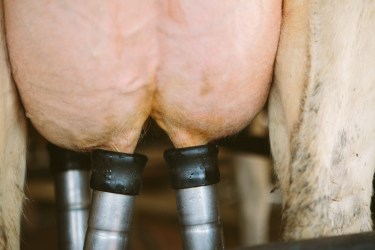By Alastair Johnston
If you have stripped down to your shorts and are dreaming of an ice bath, then your cows probably are too. In typical UK conditions with low humidity, your cows will be under heat stress when the ambient temperature is above 26°C. The ideal temperature for cows is between -3°C and 18°C, this is because cattle have an inbuilt boiler in the form of a rumen.
The rumen generates heat during the fermentation of feeds, cows cannot quickly shut down this heat source and in the presence of high ambient temperature are unable to cool down quickly. A natural response by the cow is to shut down her boiler by giving it less fuel in the form of feed which reduces the metabolic heat generated by the rumen.
Feed intakes can decrease by 8-12% at 26°C or above and this will reduce milk production by 5-20%. As temperatures rise above 32°C, the cow will show severe depression in milk yield, usually greater than 25 percent, and halve her feed intake as her body temperature elevates. She will begin exhibiting more significant signs of heat stress, such as open-mouth breathing with panting and her tongue hanging out.
In addition to reduced milk output the production of volatile fatty acids decreases, lowering your milk fat percentage. There can also be severe impacts on fertility.
Initially cows will limit their movement, making it difficult to identify heat. Any that have been served usually have a low conception rate and increased embryo mortality.
High-yielding cows generate more heat than dry cows irrespective of ambient temperatures. A cow yielding 18 litres will generate 28% more body heat than a dry cow. A cow yielding 31 litres produces 48% more body heat than a dry cow. Since dry cows and heifers are consuming less feed than lactating cows, they generate less heat and are less susceptible to heat stress. However, research has shown that dry cows have heavier calves and better body condition scores when adequate shade and cooling are available to them. Heifers will also eat more feed and grow faster if shade and water are available to them when fed a properly balanced ration.
As heat stress levels increase, the impacts on cow performance and health become more extreme. You have got to spot it quickly, then you can manage it head-on, knowing all the facts.
Signs of heat stress
- Reduced feed intake (natural response to reduce metabolic heat production)
- Change of feeding patterns – more grazing at cooler times of the day
- Cattle stand rather than lie down
- Bunching or congregating in the shade if it is available
- Rapid shallow breathing; open mouth breathing with panting
- High rectal temperature (above 40°C)
Managing heat stress through feeding
Make sure there is an adequate water supply. Intake can go up enormously in hot weather and cows can easily drink over 100 litres of water a day. Make sure that there is water available in the collecting yard and when cows exit the parlour. Water should be available for cows near their loafing area, either in the shade of native trees or artificial shade.As a general rule, if the waterers are ever empty, additional water troughs are needed. Cows will not travel as far when it gets hot so more attention needs to be paid to water tank access when cows are grazing. Additional mobile bowsers should be considered if the fixed facilities are inadequate.
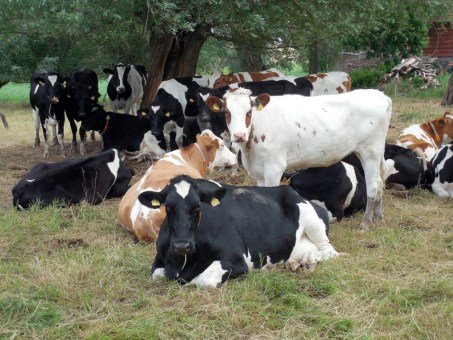
If cows are being buffer fed, provide most of the ration early morning (4am to 6am) or late evening (9pm to 11pm). Use high quality forages to reduce the heat produced in digesting feed and feed more frequently to prevent the feed from heating up and reducing feed intake further. If intakes do fall, increase the energy density of the ration, perhaps by adding fats.
An alternative option to reduce heat stress and one which was utilised in the heat wave of 2017 was to house cattle during the day and graze during the cooler evening to increase feed intakes.
Managing heat stress through cooling
Some form of cooling will further reduce the impact of heat stress. In hot countries, collecting yards often have a sprinkler system to keep cows cool and provide a shaded area. The amount of water should not exceed the rate of evaporation. You do not want soaking wet cows as this does not help them cool down and if the water runs down to the udder it increases the risk of mastitis transmission. A combination of fans and misters is the best way to increase cooling. Pay attention to the amount of time the cows are in the collecting yard and give them enough freedom to move around.
Opening up side-inlet ventilation and ridge outlet ventilation or cutting back vegetation and foliage from around buildings may help airflow. However, the chimney effect of air entering the sides of the building and flowing up through the ridge is less pronounced when the internal and external temperatures are equal. If hotter summers are more common and high production levels are the goal it is inevitable that more investment in mechanical ventilation will be required.
The installation of fans and sprinkler systems are widely used and considered essential in hotter climates and where high levels of production per cow are the goal. It is really important to get good advice when considering the installation of cooling fans. There are some incredibly complicated maths involved in getting the right size of fan, positioned in the right place in order to move air efficiently and effectively.
Conclusion
The message at this stage; is to be ready to deal with heat stress before it happens and talk to one of our consultants about how to predict and plan your future requirements.
When hot weather sets in, be prepared to:
• Modify the diet to maintain energy intake.
• Increase the amount of water available to your herd.
• Provide shade.
• Provide for a good air exchange in the housing and install misters to help cool the cattle.




